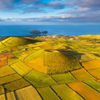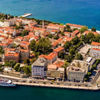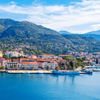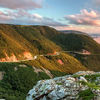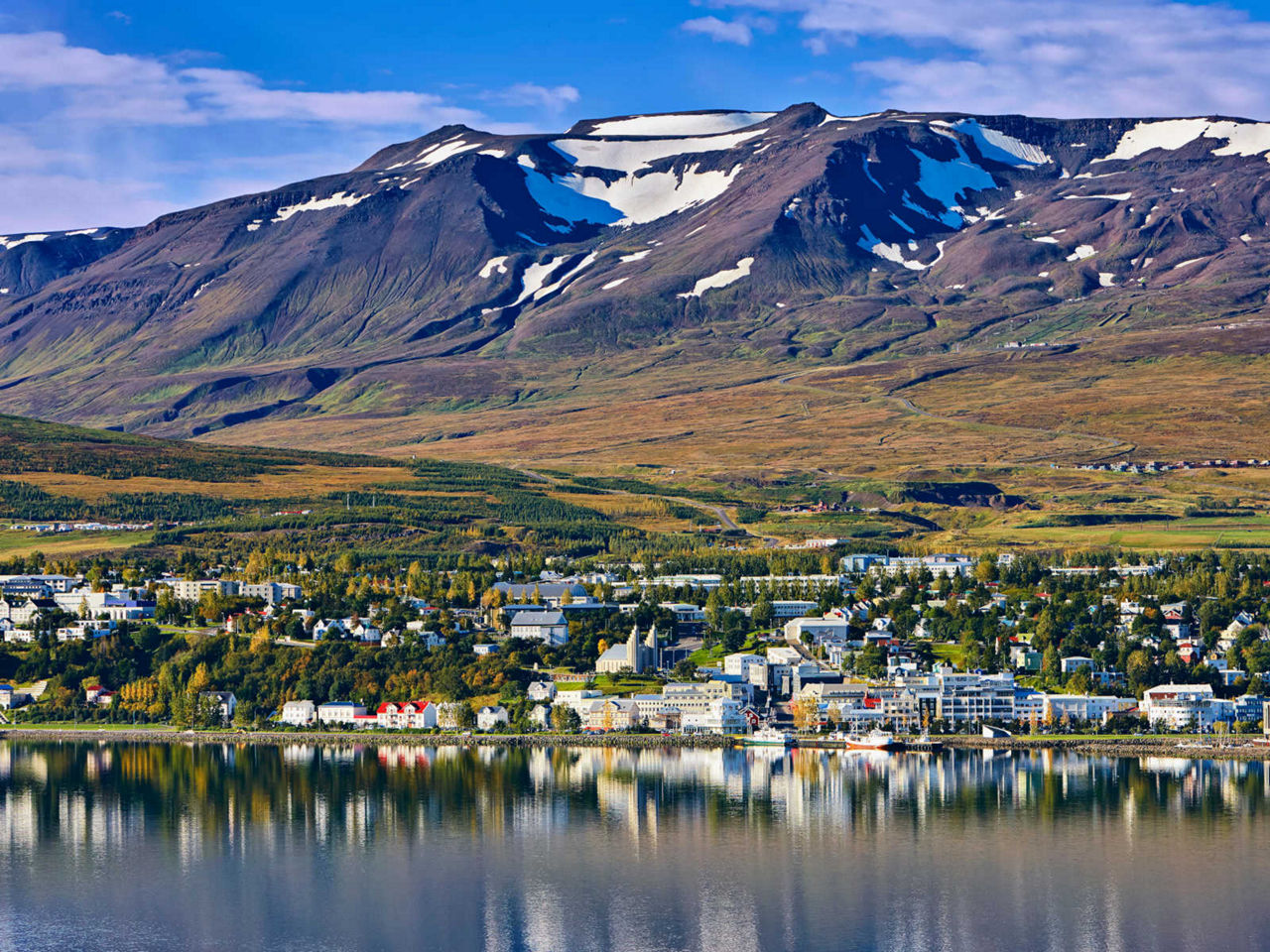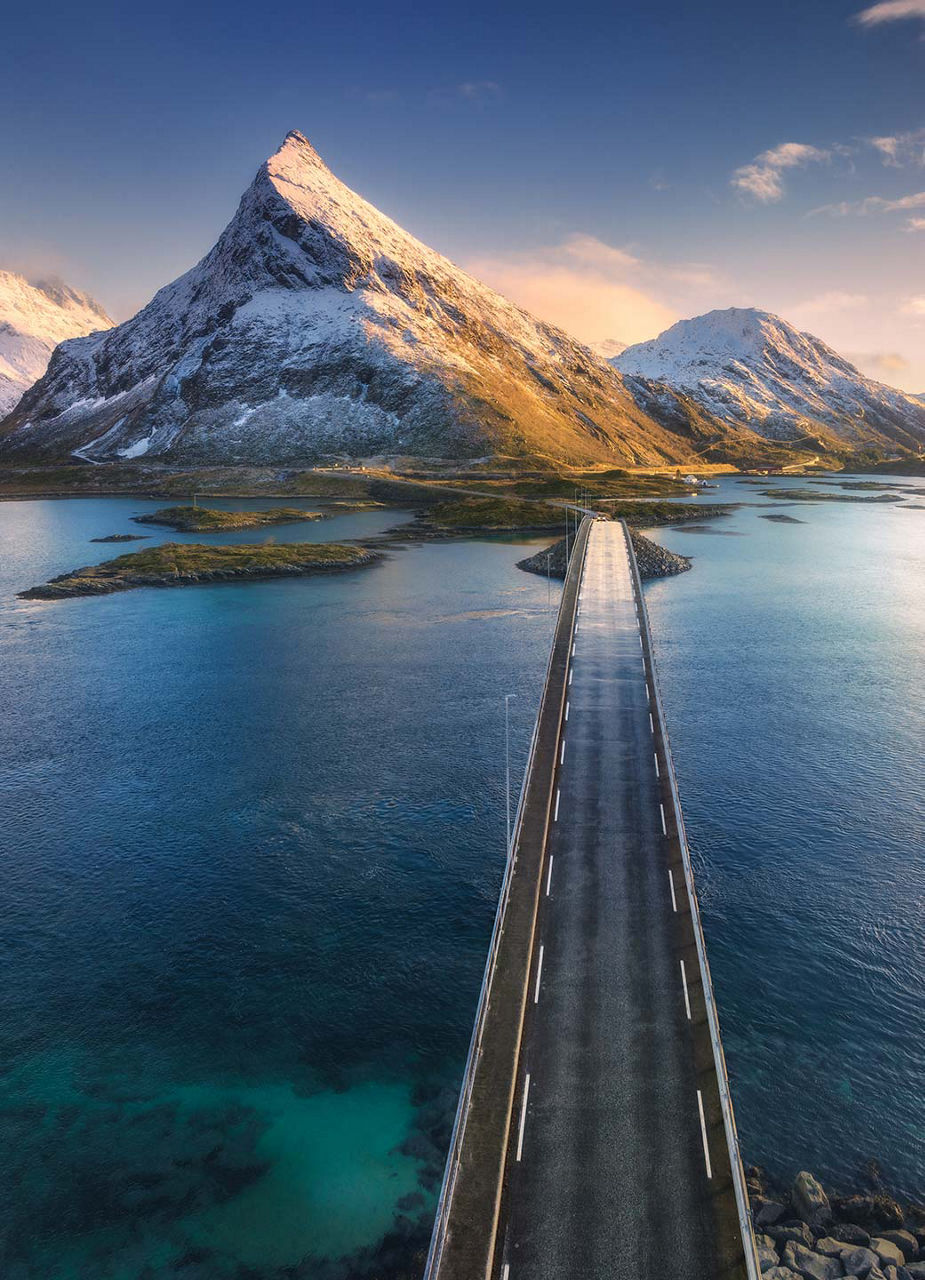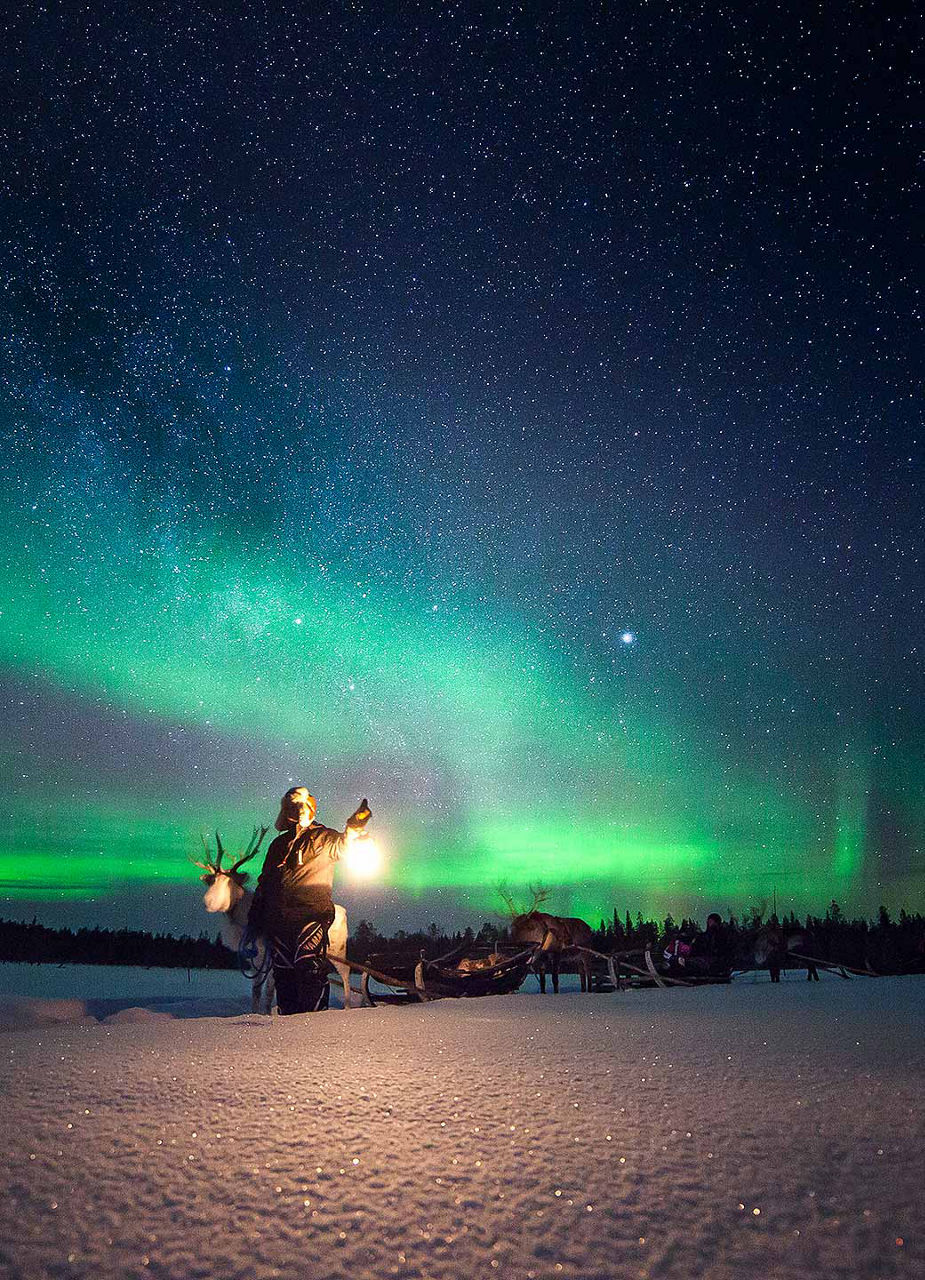
Getaway to the Golden Circle
Should you decide to go on a short trip (three to four days) to Iceland, we recommend the Golden Circle tour. The route starts in Reykjavik and covers a distance of approximately 240 kilometres. Technically, you can drive the route in one single day, however, we suggest to plan two to three days. That way, you have enough time to soak up the natural beauty, explore some areas off the actual route, and do some fun activities, such as hiking or snorkelling. Furthermore, time for some refreshments should also be accounted for.

What is the Golden Circle?
The Golden Circle is one of the most popular - if not the most popular sightseeing tours in Iceland. It takes you around the southwest of the island and passes by three equally stunning natural wonders: the Thingvellir National Park, the Geysir Geothermal Area, and the Gullfoss Waterfall. Pretty much every tour company has the Golden Circle on its program. However, it is also possible to rent a car and explore it all at your own pace. That way, nothing stands in the way of the occasional detour.

Let’s start!
Whether you plan on booking a Golden Circle guided tour and seeing everything in one day or you prefer to take your time by renting a car, the starting point of this scenic route is always the capital. Most tours leave Reykjavik between 8am-10am and 12pm-2pm. However, if you want to explore the Golden Circle with your own vehicle, it is recommended to leave at the crack of dawn in order to get ahead of the crowds.

Thingvellir National Park
After a 45-miute drive from Reykjavik you arrive at the Thingvellir National Park, which is also a UNESCO World Heritage Site. Its volcanic activity and impressive geological formations are a result of the convergence of the North American and Eurasian tectonic plates. Visitors can find evidence of constant seismic activity everywhere.

The area is also known for its clear water. Once it has melted off the Langjökull glacier, it tries to find its way down to the lake Thingvallavatn. During this process, the water is funnelled through the porous lava rocks underground, clearing it from all sediment and leaving it crystalline. Furthermore, the unique haunting moss that covers much of the lava fields is a sight for sore eyes as it turns into a ballet of bright yellow, red, and green shades during fall.

The beauty of this park is only half the story. Indeed, the remarkable history is why the Thingvellir National Park is is also a UNESCO World Heritage Site. In fact, the word Thingvellir translates to “the fields of parliament”, paying homage to the first parliament of the country which met in 930 AD. The annual gathering at Lögberg, a rocky outcrop in the national park, took place until 1799 and after a 45-year hiatus, the parliament relocated to Reykjavik. It shouldn’t come as a surprise then, that the Icelandic Althingi (parliament) is the oldest ongoing representative parliament in the world.

The Geysir Geothermal Area
The next stop, about a fifty-minute drive away from Thingvellir, offers a different kind of entertainment. Here, a mesmerizing show choreographed by Mother Nature, starring Hot Water and featuring Steaming Vents awaits you. The backdrop of this natural spectacle is a fascinating sight in itself; a landscape littered with clay pots, hot pools, and fumaroles. The hills and soil are painted in vivid colours and chimneys of steam appear like giant pillars which seemingly connect heaven and earth.

On a less poetic note, geysers are in fact a rare natural phenomena and occur only when very specific criteria are met. Such is the case in the Haukadalur valley, home to the namesake of all geyser: the Great Geysir. This giant hot spring has existed for about 10,000 years and is nowadays mostly inactive. However, when it does explode, it throws the water up to a hight of more than a hundred metres. There have been efforts in the past to get the dormant geyser to erupt more frequently - by digging a channel into its silica rim or adding soap to the water – but because of environmental concerns, these methods all have been stopped.

Luckily, there are other more active geysers to observe in the Haukadalur valley. The most famous of them all is Strokkur. It goes off every ten minutes and even though it seems to be small compared to its neighbour the Great Geysir, it still throws the water to an impressive height of 20 to 40 metres.

Exploring the Geisyr Geothermal Area is a fascinating experience and an incredible place to marvel at nature. However, the area has more to offer than just stunning landscapes. In the village of Laugarvatn, midway between Thingvellir and Geysir, there is a spa that is heated entirely by the hot water currents underground. Its steam rooms sit on top of hot springs that reach a scorching 60°C. If you have the time, the Fontana Geothermal Baths would be an ideal place for a relaxing break.

Gullfoss Waterfall
The last stop of the Golden Circle is just ten minutes down the road from the Great Geysir. The Gullfoss Waterfall is an impressive, staircase-like waterfall with an overall height of 32 meters. During the summer months, on average 140 cubic metres of water per second run down the falls, during winter it’s only a little bit more than half of that. On a sunny day, one does not only get to experience the pure force of nature, but is also enchanted with delicate rainbows that shimmer in the mist.

In order to witness all that water up close, there is a walkway that leads you right to the edge of the falls, granted that there is no ice on it. Consequently, one can often not get as close to the action during the winter months than during the rest of the year. Moreover, it should come as no surprise that the views are more colourful and impressive during summer. However, that does not mean that the Gullfoss Waterfall is unspectacular during winter.

Come full circle
Have you seen enough? Then you can complete the Golden Circle by heading back to Reykjavik. Instead of going back the same way, you could take a different route so you can enjoy some more of the landscape. In case you have ample time and a rental car available, there are some more sights close by that should not be missed out. Thus, if you have the chance, drive through the Thjorsardalur valley, stop by the Kerid Crater, swim in the Secret Lagoon, and pay Skalholt a visit. You will not be disappointed.
Header - Photo by Willian Justen de Vasconcellos on Unsplash
Paragraph 3 - Photo from Postcardsfromawideworld.com
Paragraph 4 - Photo by Square Lab on Unsplash
Paragraph 5 - Photo by Alex He on Unsplash
Paragraph 6 - Photo by Bibhash Banerjee on Unsplash
Paragraph 7 - Photo by Harshil Gudka on Unsplash
Paragraph 8 - Picture by Falco on Pixabay
Paragraph 9 - Photo by Kyle Burton on Unsplash
Paragraph 10 - Photo by Tobias Keller on Unsplash
Paragraph 11 - Photo by Fontana Laugarvatn on Facebook
Paragraph 12 - Photo by Theodor Vasile on Unsplash
Paragraph 13 - Photo by Tomáš Malík on Unsplash
Paragraph 14 - Photo by Vivek Kumar on Unsplash

